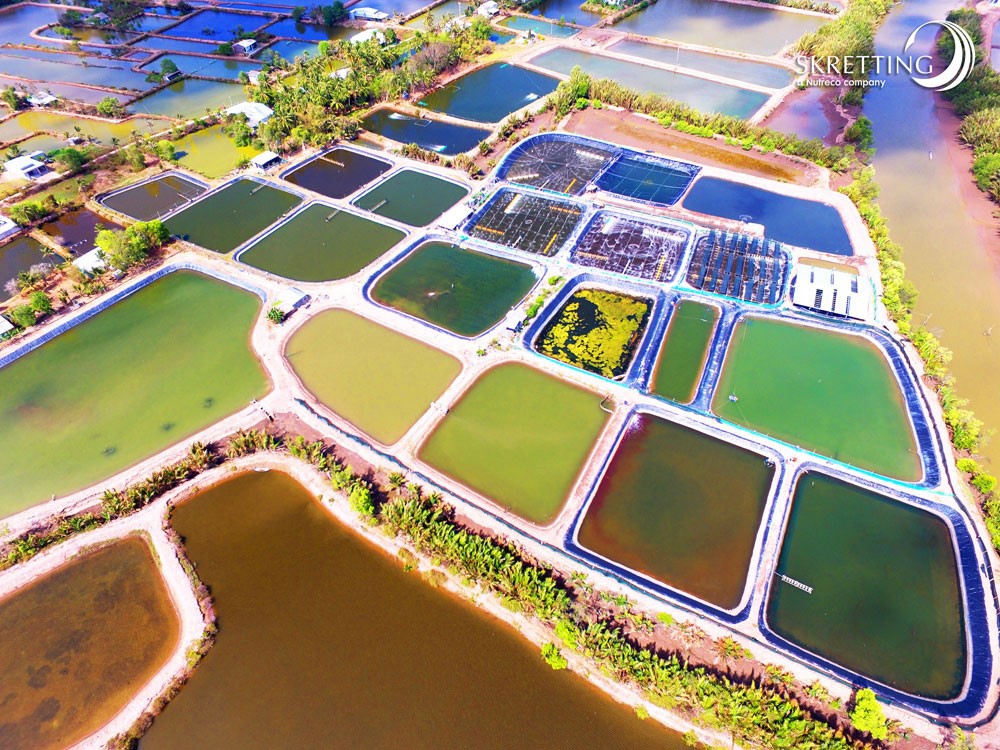Ecuador’s shrimp farming industry has flourished over the past decade, with Gabriel Luna, Founder of market advisory company GLUNASHRIMP, estimating that it could reach a level of 2 million tonnes within the next four years, which would be almost double its 2021 production total.
No slowdown in sight for Ecuadorian shrimp

Luna told AquaVision 2022 that rather than build more and more shrimp farms, the industry’s rapid growth has been coming from the application of new knowledge and technology, with the global demand for shrimp financing the transition. Between 2009 and 2022, this strategy has enabled the country to increase its production sixfold, with almost every year seeing double-digit growth. Today, it accounts for around 22% of global production
The industry’s real turning point came in 2010 when for the first time it experienced “great prices” following the oil spill in the Gulf of Mexico, Luna explained. “This was the point that we saw an interesting future for our product. But because we where still returning from white spot, there were still a lot of farms that were not in operation.”
Consequently, and alongside investments in getting those farms back on stream, numerous operational improvements were made, such boosting the nutritional enhancements in feeds and their conversion, as well as better genetic selection and aeration
Between 2009 and 2022, Ecuador has increased its production sixfold, with almost every year seeing double-digit growth.
Collectively, these led to nursery pond management and then growth rate advancements, while the 2015 arrival of automatic feeders – today available to lease at $80 per month – has further boosted farm performance, Luna said.
“All of these factors have been crucial to our growth and success through to 2021.”
Today, the country is producing an average 8,000 pounds of shrimp per hectare per year, based on a cycle of four months, but some “very efficient farmers” are producing 10,000-12,000 pounds every three or four months.
“This means still have some farms that produce just 3,000 pounds, so we have a vast difference between our most efficient and our least efficient farms and that’s where the growth will continue to happen.”
Luna said that in 2021, Ecuador’s production exceeded 1 million tonnes and based on the current rate of growth of 31%, it will be at more than 1.3 million tonnes this year without going above the average of 8,000 pounds per hectare per year.
“But our efficient farmers in one pond, in one hectare, can do 45-50,000 pounds per year. So, the potential is more than 33,000 pounds and that’s what the rest of the country needs to learn.”
Depending on the uptake of the technologies that are now “readily available” but based on “conservative” annual growth rates of 14-16% from 2023 onwards, Luna reckons Ecuador will be at 2 million tonnes of extensive or semi-extensive sustainable shrimp production by 2025.
“I think we have done a great job in what’s a very small country,” he said.
